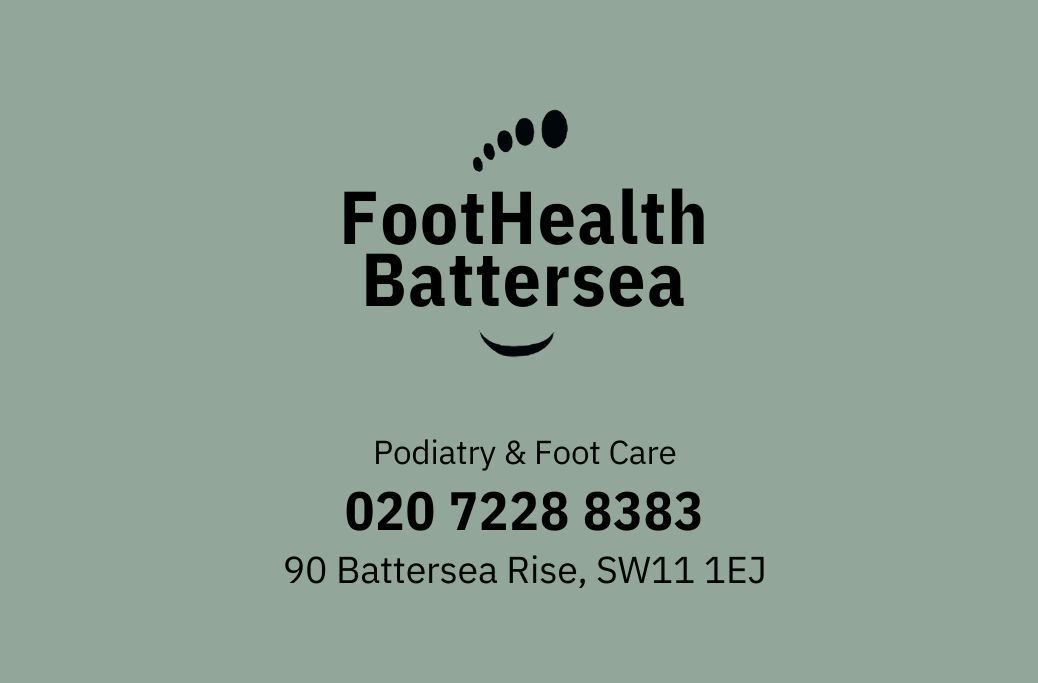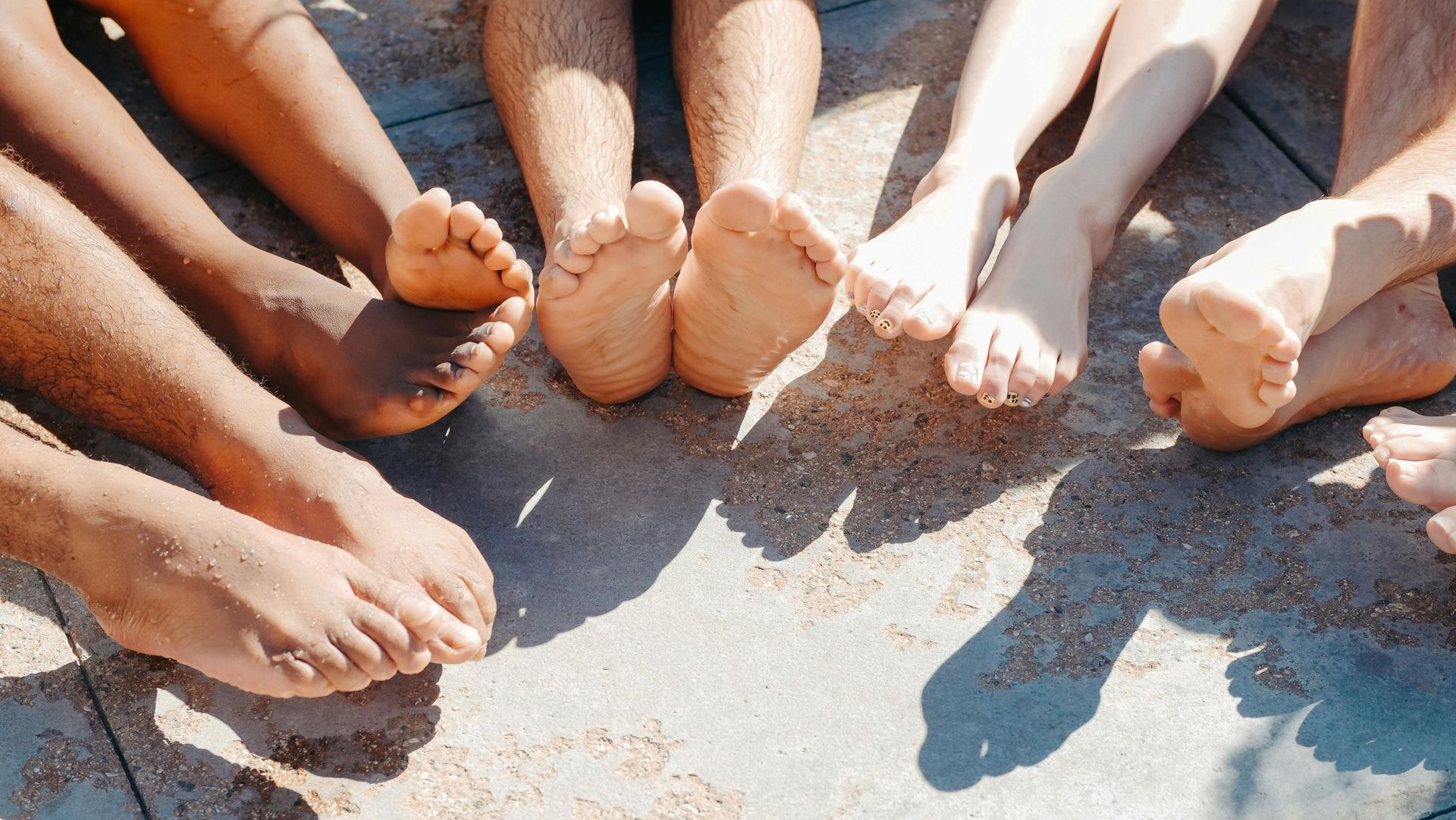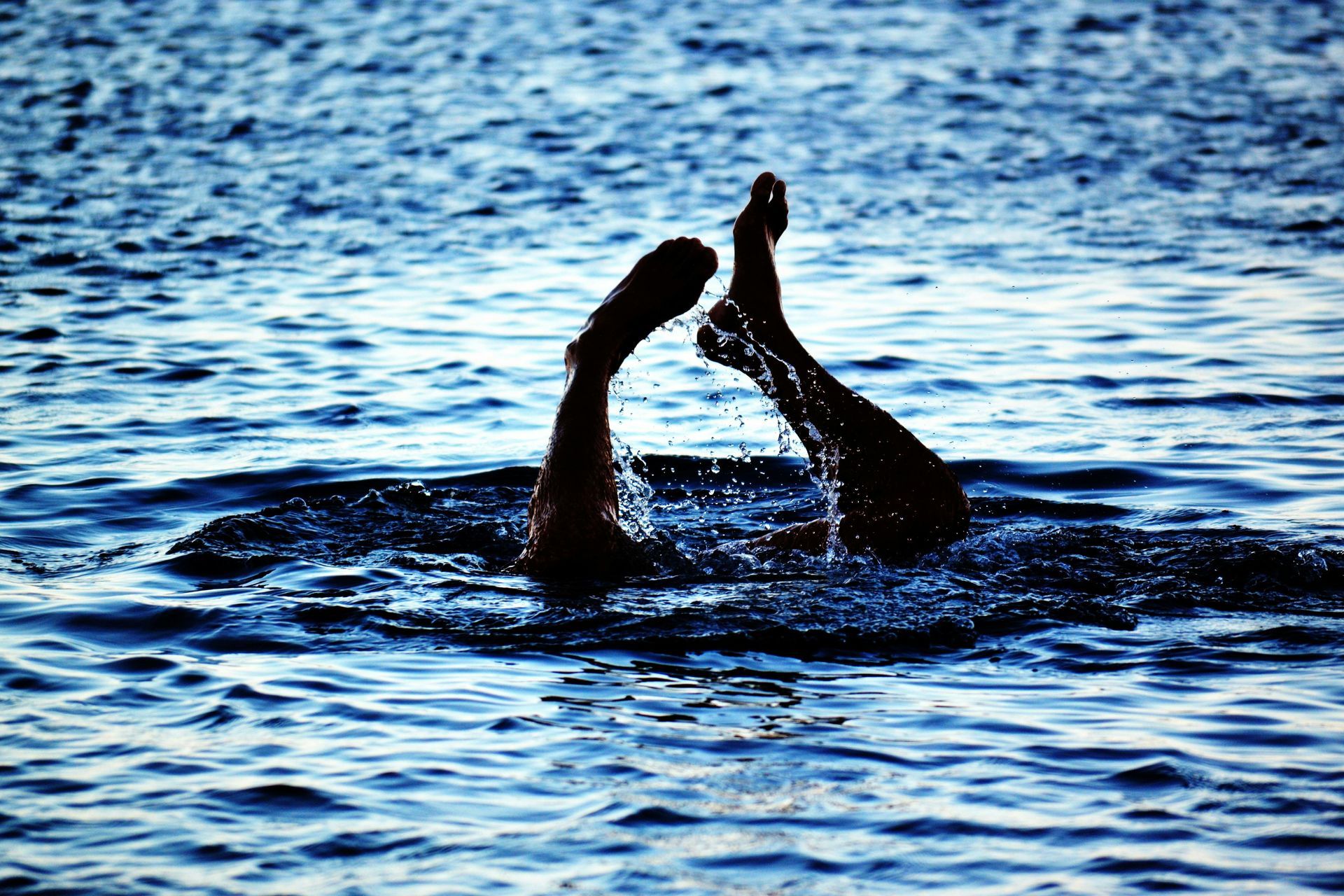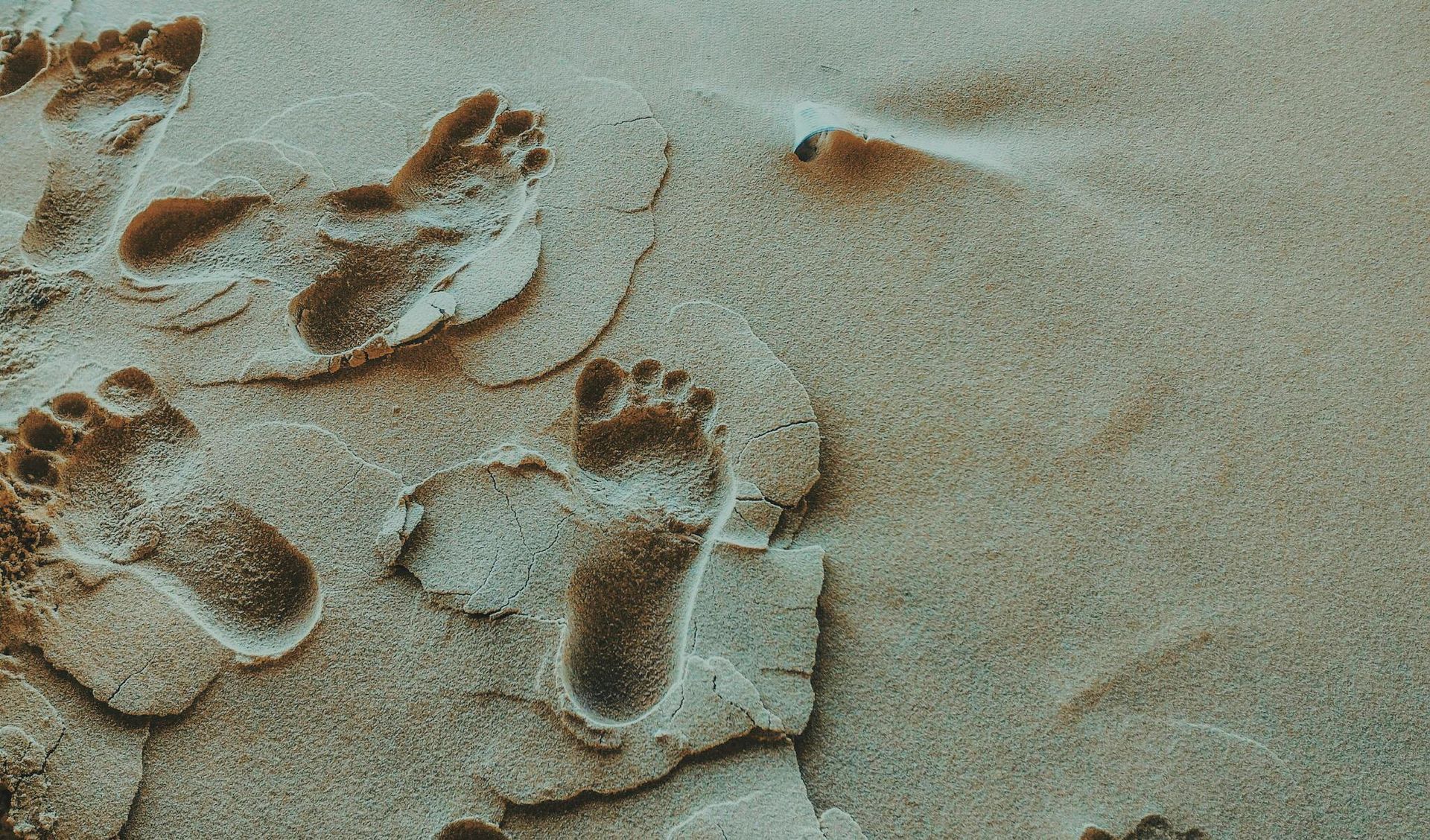How Your Footstrike Affects Your Knees, Hips & Lower Back
How Your Footstrike Affects Your Knees, Hips & Lower Back
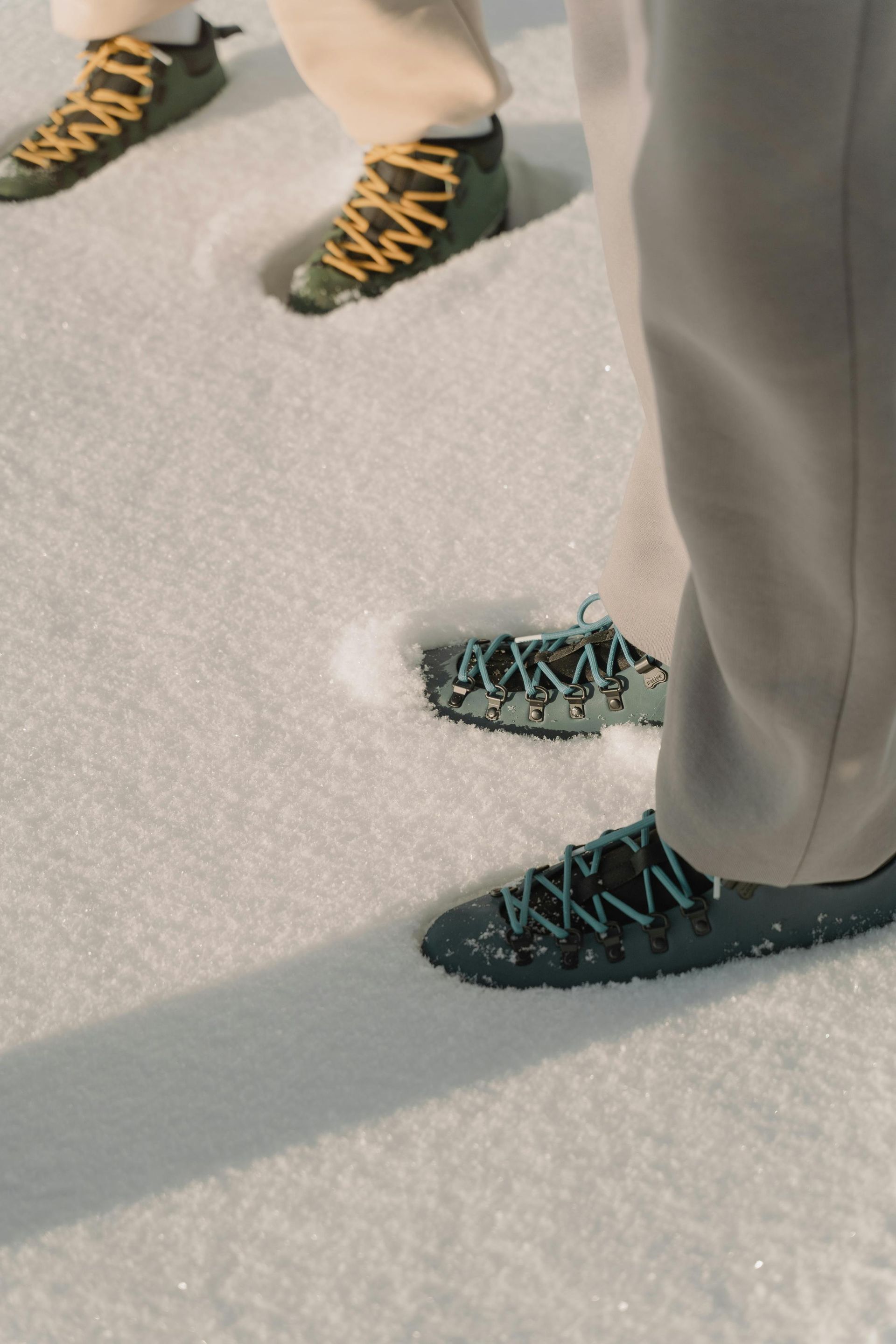
When most people think about foot health, they picture arches, toes, and maybe the occasional blister. What they don’t usually consider is this:
The way your foot hits the ground affects your entire body, from your ankles to your knees, hips, and even your lower back.
At Foothealth Battersea, we see this connection every day. Pain rarely stays in one place. If your footstrike is off, the rest of your body compensates, leading to discomfort in places you wouldn’t expect.
This guide breaks down why footstrike matters, how to tell if yours is causing problems, and what you can do to fix it.
What Is Footstrike?
Your footstrike is simply the way your foot contacts the ground when you walk or run.
The three main types are:
1. Heel Strike (Rearfoot Strike)
Your heel hits the ground first.
Most walkers and many runners use this naturally.
2. Midfoot Strike
Your heel and ball of the foot land almost at the same time.
This distributes pressure more evenly.
3. Forefoot Strike
The ball of your foot lands first, often used by sprinters and people with stronger calves.
None of these are “wrong” — but problems arise when your footstrike doesn’t match your biomechanics.
How Footstrike Impacts the Rest of Your Body
Your feet are your body’s foundation.
If the foundation shifts, the structure above adapts — often in painful ways.
Let’s break it down:
1. Knees: The Most Common Site of Referred Pain
Overpronation (rolling inward)
- Increases twisting forces on the knee
- Can irritate the patellofemoral joint
- May lead to runner’s knee or IT band syndrome
Underpronation (rolling outward / supination)
- Reduces shock absorption
- Places more stress on the outer knee
- Can lead to pain in the lateral knee and tight ITB
Which footstrike causes this?
Heel strikers who overpronate are the most at risk — especially walkers and runners on hard London pavements.
2. Hips: Where Compensation Kicks In
Your hips stabilise every step you take. When your foot lands unevenly:
If you overpronate:
- Your thigh rotates inward
- This stresses your hip joint
- Over time, it weakens the glute muscles
If you underpronate:
- Your thigh rotates outward
- This forces the hip to work harder to stabilise
- Often leads to tight hip flexors & outer hip pain
Hip pain is one of the biggest red flags of a faulty footstrike — especially in adults over 40 who walk long distances or have recently increased exercise.
3. Lower Back: The Final Domino
Your spine relies on:
- Even weight distribution
- Proper hip alignment
- Balanced step length
- Good shock absorption
A misaligned footstrike disrupts all of these.
Common lower back issues linked to footstrike:
- Lower back tightness
- SI joint irritation
- Sciatic-style nerve pain
- General stiffness after walking
If you notice back pain after long walks in Battersea Park or standing for long periods, your foot mechanics may be the culprit.
How to Know If Your Footstrike Is Causing Pain
Signs to watch for:
One side of your shoe wears down faster- Pain that starts in the morning and eases as you warm up
- Pain that worsens after long walks or runs
- Clicky hips
- Knee pain on stairs
- Lower back stiffness after sitting
- Feeling “uneven” or unbalanced
A footstrike assessment can reveal:
Overpronation or underpronation- Asymmetrical foot loading
- Differences between left and right stride
- Weaknesses in hips, glutes, or calves
- Foot arch issues
- Tightness in the Achilles or plantar fascia
At Foothealth Battersea, this is done through visual gait analysis and digital pressure mapping.
What Causes an Unhealthy Footstrike?
Some of the most common causes include:
Flat feet or high arches- Weak glutes and hip stabilisers
- Old ankle injuries
- Tight calves or Achilles tendons
- Worn-out or incorrect shoes
- Standing on hard surfaces all day
- Increased activity without proper conditioning
You might be surprised at how often footstrike issues come from the hips rather than the feet themselves.
How to Fix Your Footstrike
1. Choose the Right Footwear
Not all shoes are created equal. Look for:
Proper arch support- Correct stability level
- Cushioned soles for shock absorption
- Enough room in the toe box
Your podiatrist can recommend the best shoes based on your gait.
2. Strengthen the Supporting Muscles
Weak hips and glutes are HUGE contributors.
Recommended exercises:
Glute bridges- Clamshells
- Calf raises
- Toe flexor strengthening
- Hip abduction work
3. Stretch the Tight Areas
Target:
Calves- Hamstrings
- Hip flexors
- Plantar fascia
Tight muscles = altered footstrike.
4. Orthotics (When Needed)
Custom orthotics can:
Correct overpronation- Improve shock absorption
- Align the knees and hips
- Reduce lower back strain
These aren’t always needed, but when they are — the difference is often immediate.
5. Gait Rehabilitation
Sometimes you need to relearn how to walk or run efficiently. Guided gait correction helps you:
Shorten or lengthen your stride- Improve posture
- Increase shock absorption
- Reduce joint stress
When to See a Podiatrist
Book a professional assessment if you’re experiencing:
Knee pain that won’t go away- Hip discomfort when walking
- Lower back pain without a clear cause
- Pain after increasing activity
- One-sided pain or imbalance
- Frequent ankle rolls or instability
A podiatrist can identify the root cause and create a personalised treatment plan.
Your feet are the starting point for everything — alignment, posture, stability, and shock absorption.
A small change in footstrike can cause a chain reaction all the way up the body.
The good news? With the right assessment, footwear, strengthening, and support, most issues can be corrected quickly and effectively.
Read More from our Blog
FootHealth Battersea Blog Spot
Can FootHealth Battersea assist you?
